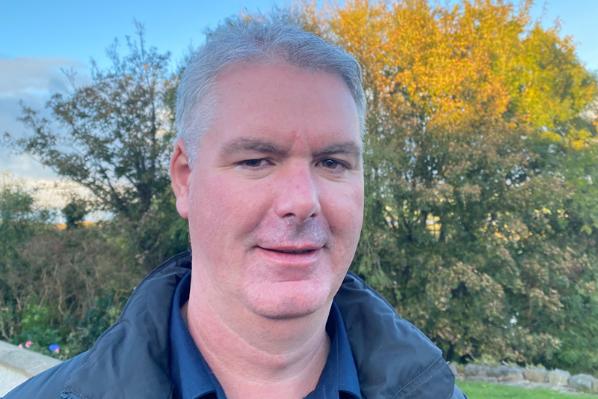Protecting the environment and saving the planet: The University’s journey to net zero

As part of our special blog series, Staff Voices on COP26, Estates Directorate's Tony Schmidt, Estates Manager (Energy Efficiency), reflects on the University’s journey to net zero.
Imagine a university that burnt coal to keep its buildings warm and used wire filament bulbs to illuminate the workplace. If you felt too warm you opened a window, too cold you put on an extra jumper.
Now imagine the same university using renewable energy to heat and light its buildings, highly efficient equipment to ensure that only the energy that was absolutely needed was used. The buildings were just the right temperature and the lights turned themselves on and off as required... the low energy net zero carbon dream!
Well, Queen’s is neither of these, at least not anymore... and not quite yet, if that makes sense. We’re somewhere in the middle.
So what does the middle look like and how did we get here?
Coal and filament bulbs dropped out of use in the University decades ago to be replaced with oil fired boilers and fluorescent tube lighting -a technical advance that didn’t end there. Oil was then replaced by natural gas and fluorescent tubes by more efficient fluorescent tubes, and so it went on. All of this was great. It saved money.
In the early 2000s, a shift occurred and then a new word started being used: carbon. Climate change wasn’t a new subject nor was the term carbon emissions unheard of but it was then that the words began to feature heavily in the University’s corporate vocabulary.
Things progressed significantly in 2009 when the University established its first ever Carbon Management Plan Steering Group and in 2010 the first Carbon Management Plan was approved by Senate. Suddenly, saving energy was no longer just about saving money. It was about protecting the environment and saving the planet.
An internal fund was created to pay for projects that would save energy and these savings were then reinvested back into the fund so that it would grow. The Green Revolving Fund (GRF) was born.
Fast forward to 2021 and, with the help of the GRF, nearly £10million has been invested in almost 100 energy efficiency projects. Pumps, fans, insulation and lab equipment, to name but a few, have been upgraded and fluorescent lights have nearly all been replaced by energy efficient light emitting diodes.
About half of the University’s electricity is generated on site and the heat created by the process used to warm buildings.
Recent construction projects such as the Riddel Hall Expansion have gone one step further and moved solely to electrification using heat pumps in place of gas fired boilers and the New Student Centre project is also exploring interventions to remove reliance on fossil fuels in most areas of the build.
So what’s next?
When you think about it, the University’s journey to net zero actually started a long time ago, we just didn’t realise it in its earliest days.
So, how do we move from being in the middle to finally arriving at our low energy net zero destination? The truth is we still don’t entirely know - the technology is evolving, yet the full combination of the solutions to genuinely achieving net zero carbon emissions still aren’t apparent, available and perhaps even invented. Researchers here at Queen's and the world over are working on the energy challenges facing organisations globally.
But our commitment is there.
We have started the development of the University’s next Carbon Management Plan and the Corporate Plan commits us to achieving net zero carbon emissions as quickly as possible. If the commitment is there, then the solutions will follow, the University’s energy story to date has shown this to be true.
For more information on the The Green Revolving Fund (GRF) or if you have an energy efficiency idea that requires funding, please email carbonmanagement@qub.ac.uk.
